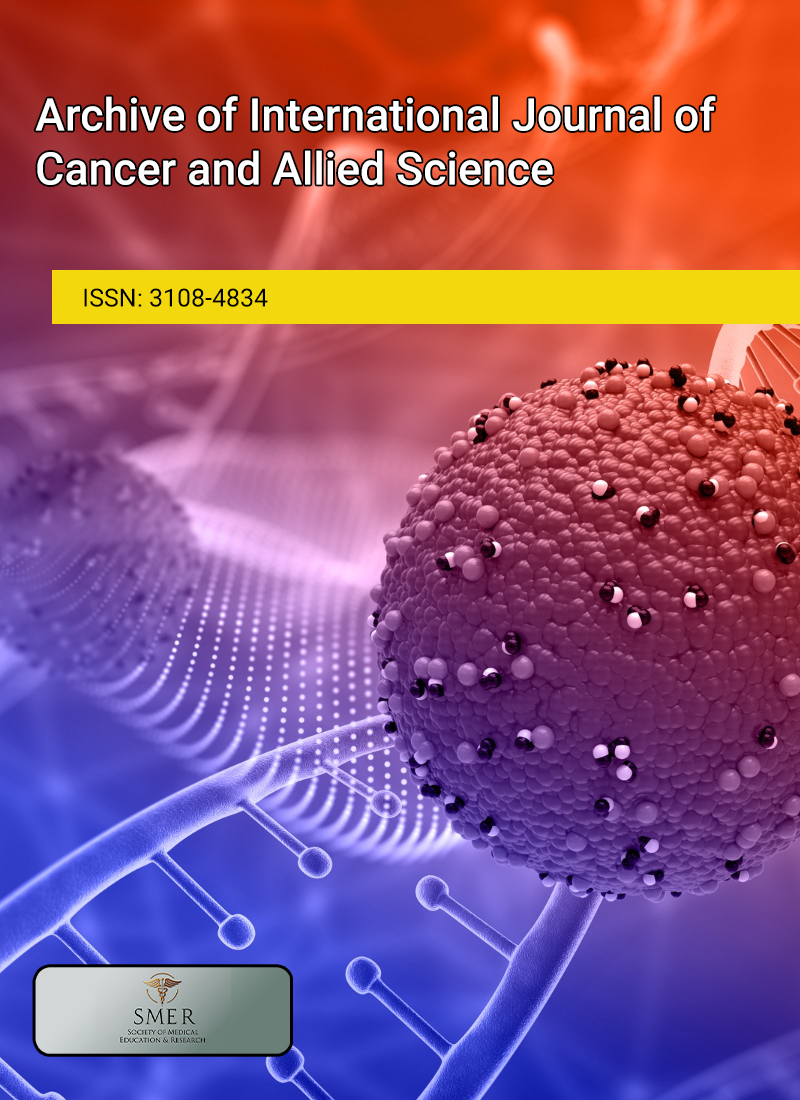
The Ki-67 labelling index (LI) is an important marker used to assess cell proliferation in glioma diagnosis, providing valuable insights into tumor growth and potentially contributing to prognosis. This study investigates Ki-67 expression in astrocytic tumors and its association with clinicopathological features. We documented the clinical and radiological details of 43 glioma patients. Histopathological grade and morphology were assessed by H&E slide examination, while the Ki-67 labelling index was measured using immunohistochemistry in ‘hot-spot’ regions. Tumors were categorized as high or low grade using a threshold of 4% according to WHO guidelines. Statistical analysis was performed using standard software, with a significance threshold of P ≤ 0.05. The cohort consisted of 31 males and 12 females, with a mean age of 46.14 years. A significant correlation was found between Ki-67 expression and factors such as older age (P = 0.01), higher histological grade (P < 0.00001), cellular atypia (P = 0.0002), necrosis (P < 0.00001), and microvascular proliferation (P < 0.00001). The findings suggest that the Ki-67 labelling index is a valuable adjunct to traditional histopathological grading and can be relied upon as a prognostic marker for glioma patients.